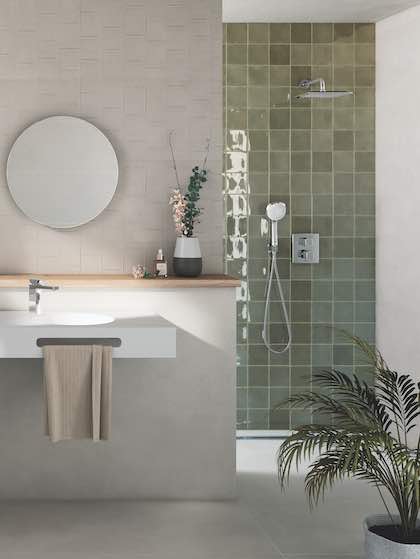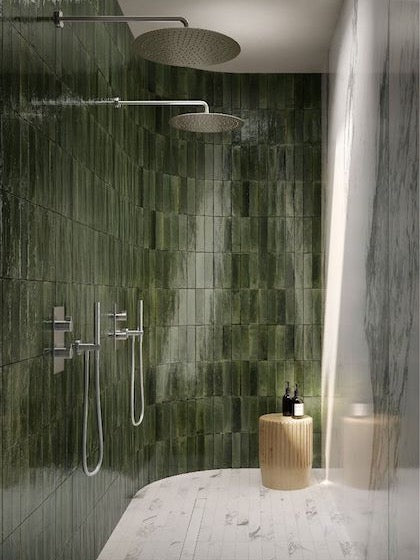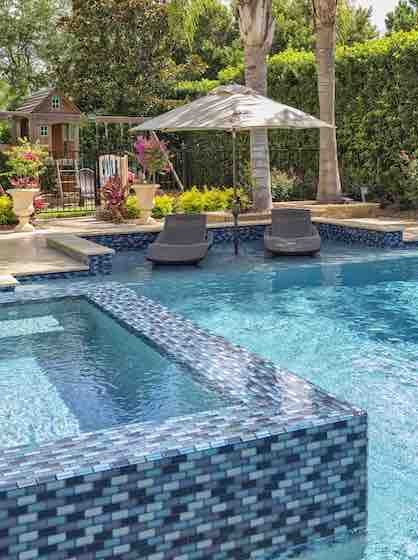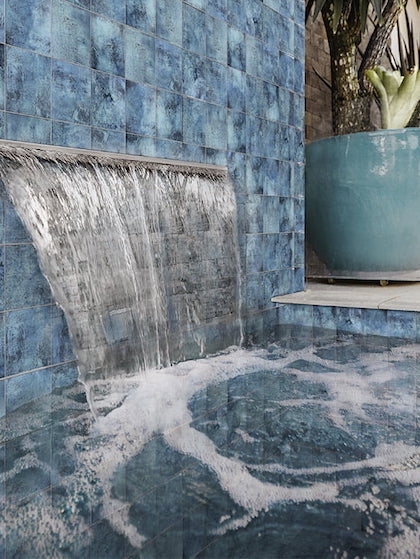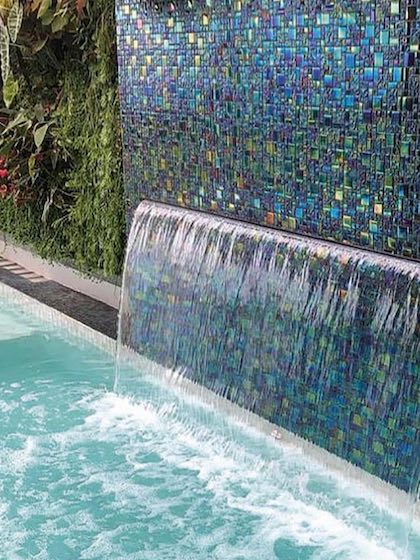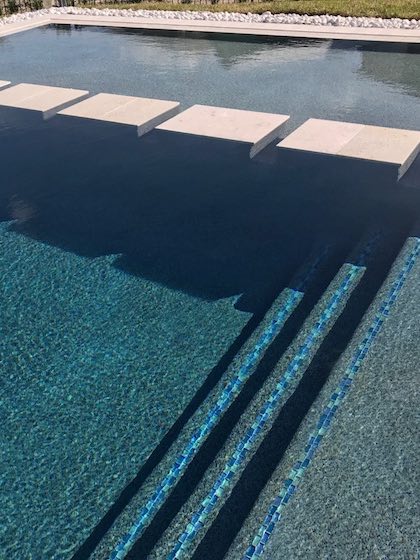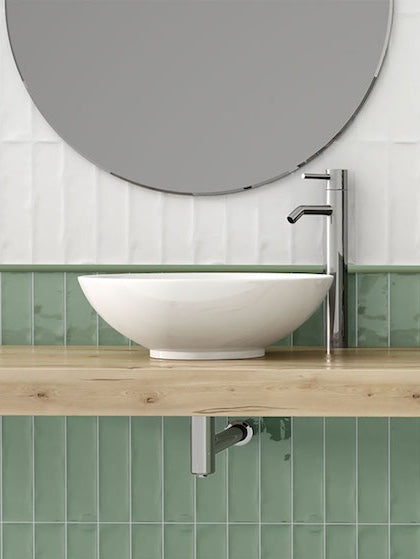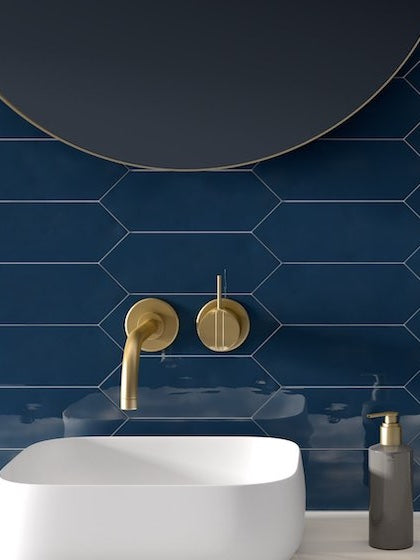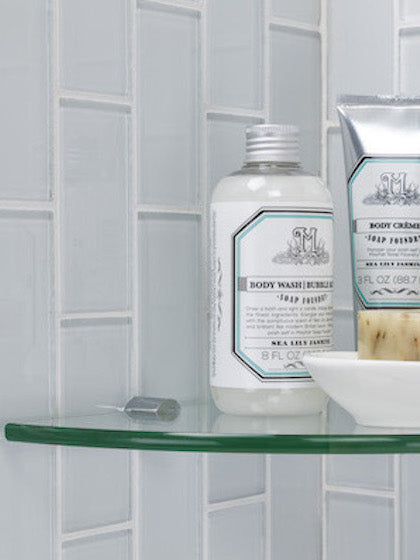Whether you own a hotel, resort, or fitness center, protecting your swimming pool from water intrusion is essential. Water intrusion can lead to costly damage, downtime, and potential safety hazards. Luckily, there are steps you can take to ensure the longevity and functionality of your pool. In this article, we will guide you through the process of safeguarding your commercial swimming pool from water intrusion.
From regular inspections and maintenance to implementing effective waterproofing solutions, we will cover everything to keep your pool in pristine condition. By following these expert tips and best practices, you can prevent water leakage, avoid structural issues, and maintain a safe and inviting environment for your guests or members. Don't let water intrusion become a headache for you - take proactive measures today!
Steps to Preventing Water Intrusion in Swimming Pools
Step 1: Identify the type of Pool ‘Leak’
Wondering why your pool almost loses 2 to 3 inches of water every now and then? Well, there could be three possible reasons for the water loss in your pool. First and foremost, a leak in the pool plumbing, secondly, the pool shell, filtration pump, and also if your pool is splashing excessive water or evaporation. If in luck, your swimming pool could simply be evaporating excessive water, else, there’s definitely something to worry about.
Step 2: Take the Course of ‘Action’
Now that you’ve detected the reason for the leak, it’s time to get to work! For hydraulic damage, you must check the pressure test for pipework, section by section. Once the leak has been detected, you can simply open the respective area and repair the fault in the pipe. And to be on the safer end, ensure to check for the pressure test again before covering the hole and the pipe.
On the other hand, if a leak is detected in the filtration pump, it’s ideal to purchase new connectors. If it’s the nozzles at fault, you can simply screw or replace them. However, the most challenging fault is the leak in the PVC pipes that connect the pool to the filtration system. If the fault is small, you can seal the leak using special products, otherwise, you might have to dig a trench to deal with larger faults.
And lastly, if the leak is found on the pool shell or the structure of the pool, you can simply repair using sealants or by installing a pool liner. A PVC coating will perfectly waterproof the pool!
Step 3: Prevent Future Leaks with Proper ‘Care’
The first and foremost key to preventing water intrusion is proper care and maintenance of the pool. Generally, a vinyl pool liner can work effectively for 15 years or more for a properly maintained pool. For a poorly-maintained pool, expect the liners to not work for more than 3 or 4 years. Ensure the pH balance of the pool is regularly maintained and you provide pool shade and liner for an added sense of care.
Last but not least, the first and most important thing you can do to avoid leaks is to properly install the tiles and waterproof membrane in the swimming pool.

